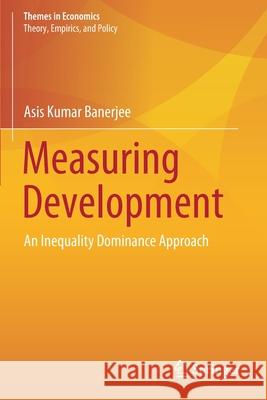Measuring Development: An Inequality Dominance Approach » książka
topmenu
Measuring Development: An Inequality Dominance Approach
ISBN-13: 9789811561634 / Angielski / Miękka / 2021 / 230 str.
Measuring Development: An Inequality Dominance Approach
ISBN-13: 9789811561634 / Angielski / Miękka / 2021 / 230 str.
cena 443,82
(netto: 422,69 VAT: 5%)
Najniższa cena z 30 dni: 424,07
(netto: 422,69 VAT: 5%)
Najniższa cena z 30 dni: 424,07
Termin realizacji zamówienia:
ok. 22 dni roboczych
Bez gwarancji dostawy przed świętami
ok. 22 dni roboczych
Bez gwarancji dostawy przed świętami
Darmowa dostawa!
Kategorie:
Kategorie BISAC:
Wydawca:
Springer
Seria wydawnicza:
Język:
Angielski
ISBN-13:
9789811561634
Rok wydania:
2021
Wydanie:
2020
Numer serii:
000842436
Ilość stron:
230
Waga:
0.36 kg
Wymiary:
23.39 x 15.6 x 1.35
Oprawa:
Miękka
Wolumenów:
01
Dodatkowe informacje:
Wydanie ilustrowane











